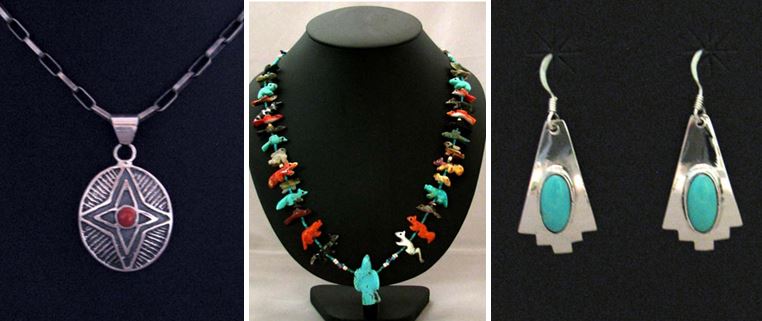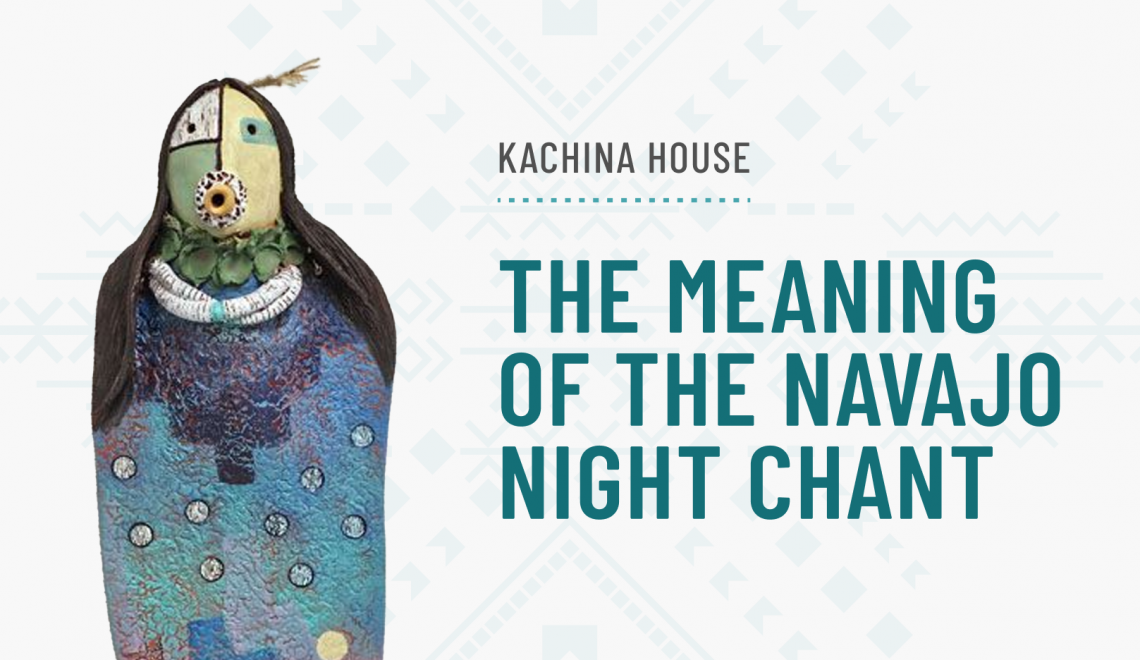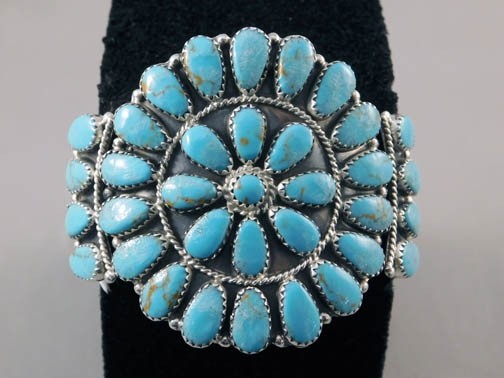

The bead-working techniques used by Native Americans advanced naturally through time to include materials like turquoise, coral, and shell beads. Wood, bones, claws, coins and teeth were also made into beads and sewn into clothing and jewelry.
Eventually as foreigners arrived in the Americas their presence made a significant impact on the way Native Americans created their jewelry. The items used to make jewelry and even the jewelry itself became vital trade items. As foreigners began to introduce newer technologies, individuals were able to incorporate the use of metals into their work. Some of the first metalwork done by natives was hammered and etched from copper or silver. Following colonization though, a transition began to occur toward the use of coins and then glass beads and more advanced metalworking techniques. Today, Native Americans are world famous for the stunning intricacies of their beadwork and metalwork. The craft, which took thousands of years to develop, is now synonymous with the culture.
The combination of silver and turquoise remains one of the most sought after styles in jewelry making. The Zuni, Hopi, and Navajo tribes continue to make world class jewelry using traditional and contemporary designs and methods, some of which is featured in museums around the world. Currently the Smithsonian Museum in New York is featuring an exhibition of Navajo handmade jewelry. Visit the Smithsonian website for more information.




Thank you for providing the information about Native American Jewelry. I too love turquoise jewelry. Recently I have bought a Handmade Natural Web Royston Turquoise Ring from Southwest Silver Gallery. You can find it here – http://www.southwestsilvergallery.com/asccustompages/products.asp?productID=23308
The ring is awesome. I am already loving it.
You have a beautiful ring, may you love it and wear it for many many years.